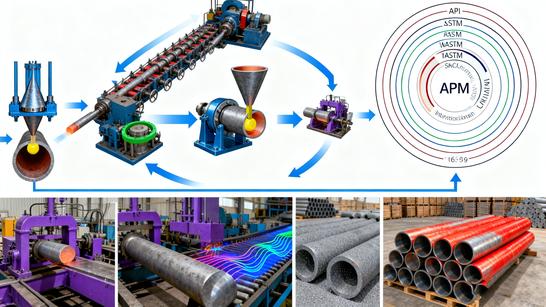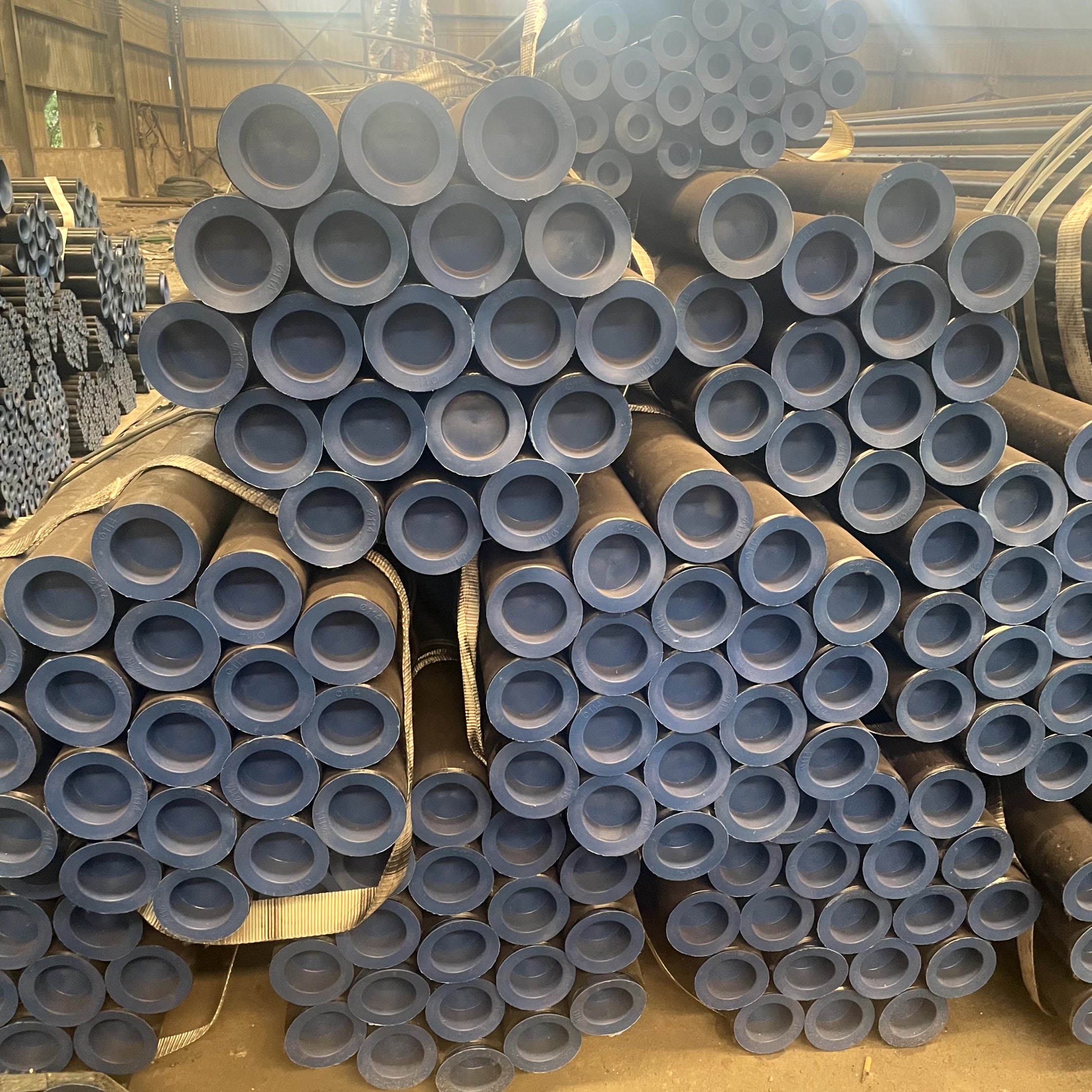The seamless pipe market is entering a pivotal phase between 2025 and 2030, driven by aggressive infrastructure spending, the ongoing energy transition, and the unrelenting global demand for high-integrity piping systems. Seamless steel pipes, known for their superior strength, uniformity, and reliability under extreme pressure and temperature, remain the preferred choice for critical applications.
This market forecast provides manufacturers, EPC contractors, and procurement professionals with a strategic overview of the key trends, regional shifts, and the underlying factors influencing carbon steel pipe price and market stability in the coming half-decade.
1. Market Trends: The Dual Engine of Growth (2025–2030)
The seamless pipe market is powered by two dominant forces: traditional energy and future-focused industrialization.
1.1. Upstream Energy Resilience
Despite the global push for renewables, the oil and gas sector remains the largest consumer of seamless pipes, particularly API 5CT casing and tubing.
-
Deepwater and Unconventional Focus: As easily accessible reserves deplete, exploration shifts to deeper water and unconventional sources (shale). These harsh environments necessitate high-grade, premium seamless pipes (e.g., higher API grades and specialized corrosion-resistant alloys) that can withstand extreme pressure and sour gas environments.
-
Pipeline Retrofitting: Aging global pipeline infrastructure requires continuous maintenance and replacement, fueling steady global demand for high-strength API 5L line pipe grades.
1.2. Non-Energy Industrial Expansion
The demand for seamless pipes is diversifying into non-O&G sectors that prioritize safety and efficiency:
-
Power Generation: Modern power plants (both conventional and nuclear) require high-temperature, high-pressure boiler and heat exchanger tubes (e.g., ASTM A106/A335 grades).
-
Hydrogen and Green Energy: The rise of hydrogen transport and storage (which requires specialized, high-integrity piping due to hydrogen embrittlement risks) and CO2 capture projects will create a new, high-specification segment for seamless pipes.
-
Mechanical & Automotive: Continued global urbanization and industrialization sustain the demand for cold-drawn seamless pipes in manufacturing heavy machinery and automotive components.
2. Export Region Analysis: Shifting Centers of Demand
The structure of global demand is undergoing significant regional shifts, moving the spotlight toward emerging industrial powerhouses.
| Region | Demand Outlook (2025–2030) | Key Drivers |
| Asia-Pacific (APAC) | Highest Growth Rate & Largest Market Share. | Rapid urbanization, massive infrastructure projects (China, India, Southeast Asia), expansion of refining and petrochemical capacities. |
| Middle East & Africa (MEA) | Strong and Stable Demand. | Major investments in oil and gas production capacity expansion, long-term national energy strategies, and new pipeline projects. |
| North America | Mature but Stable, High-Value Market. | Driven by ongoing shale oil/gas development, gas-to-power infrastructure, and strict regulatory standards favoring premium-grade products. |
| Europe | Moderate Growth, Focus on Renewables. | High demand for alloy pipes in specialized sectors (chemical, aerospace) and new infrastructure for hydrogen/CCUS projects. |
Export Strategy Implication: Suppliers must maintain robust logistics and certification readiness (API, CE marking) to capitalize on the accelerating APAC and MEA markets.
3. Price Fluctuation Factors: Navigating Volatility in Carbon Steel Pipe Price
The carbon steel pipe price is a critical variable in project budgeting. Prices are expected to remain volatile, influenced by several interconnected factors:
-
Raw Material Cost: Global iron ore and energy (natural gas/electricity) prices exert the most immediate pressure on the cost structure of pipe mills.
-
Global Trade & Tariffs: Ongoing geopolitical tensions and the use of anti-dumping duties significantly distort traditional supply chains, pushing up import costs in regions like North America and Europe.
-
Environmental Compliance: Increasing global regulatory pressure (especially on carbon emissions) forces mills to invest in cleaner, often more expensive, production technologies, raising the floor for manufacturing costs.
-
Exchange Rate Volatility: For international trade, fluctuations in major currencies (USD, RMB, EUR) directly impact the profitability and final delivered carbon steel pipe price for both suppliers and buyers.
Conclusion: Partnership is Key to the Forecast
The Global Seamless Pipe Market Outlook 2025–2030 points to sustained global demand, particularly for high-specification seamless products in energy and heavy industry. While price volatility remains a challenge, the focus for successful procurement is shifting toward strategic partnership.
Choosing a seamless pipe supplier like Hebei Cangtie—one that offers comprehensive inventory, adheres to international compliance standards, and provides clear insights into the factors driving carbon steel pipe price—is essential for mitigating risk and securing long-term project success in this dynamic market.
Contact our market intelligence team today for an in-depth analysis and a forward-looking price consultation for your next critical project.





